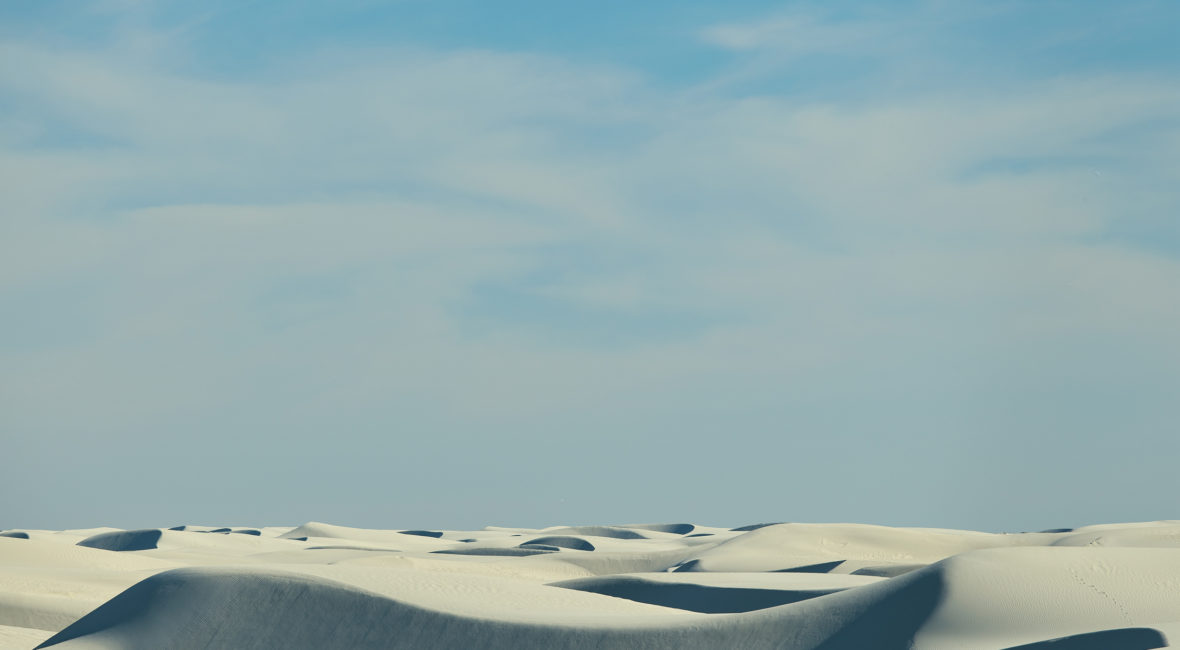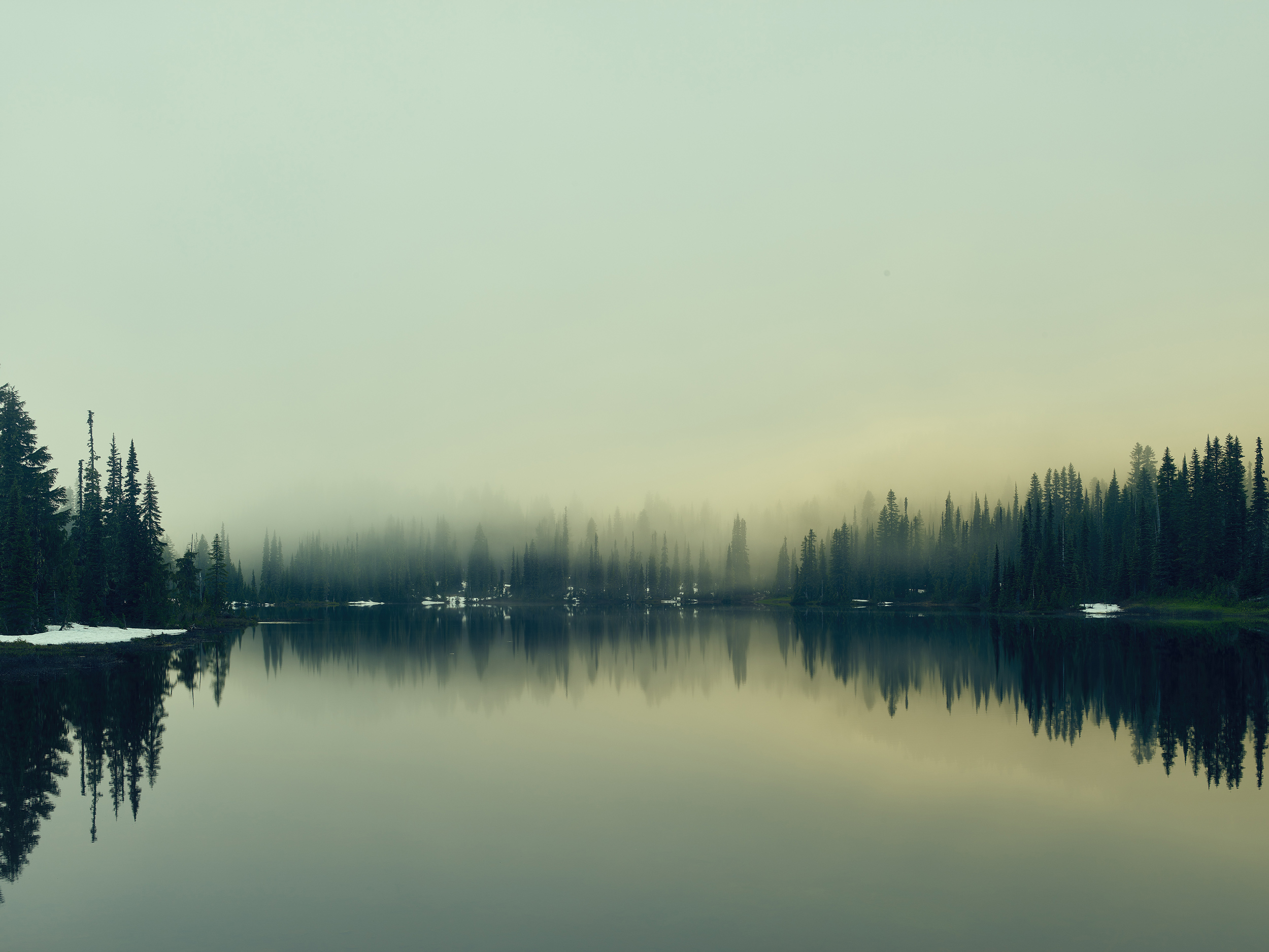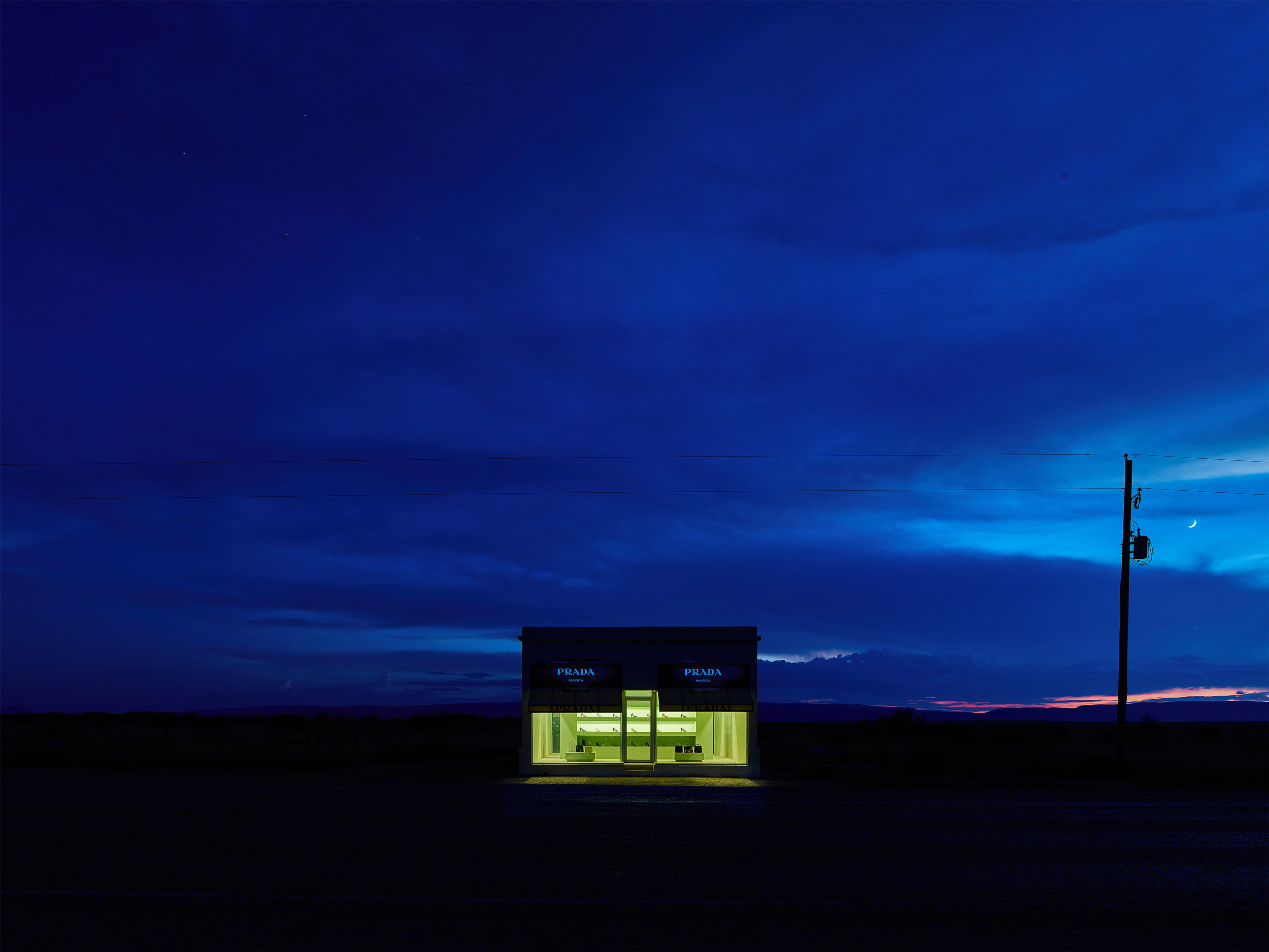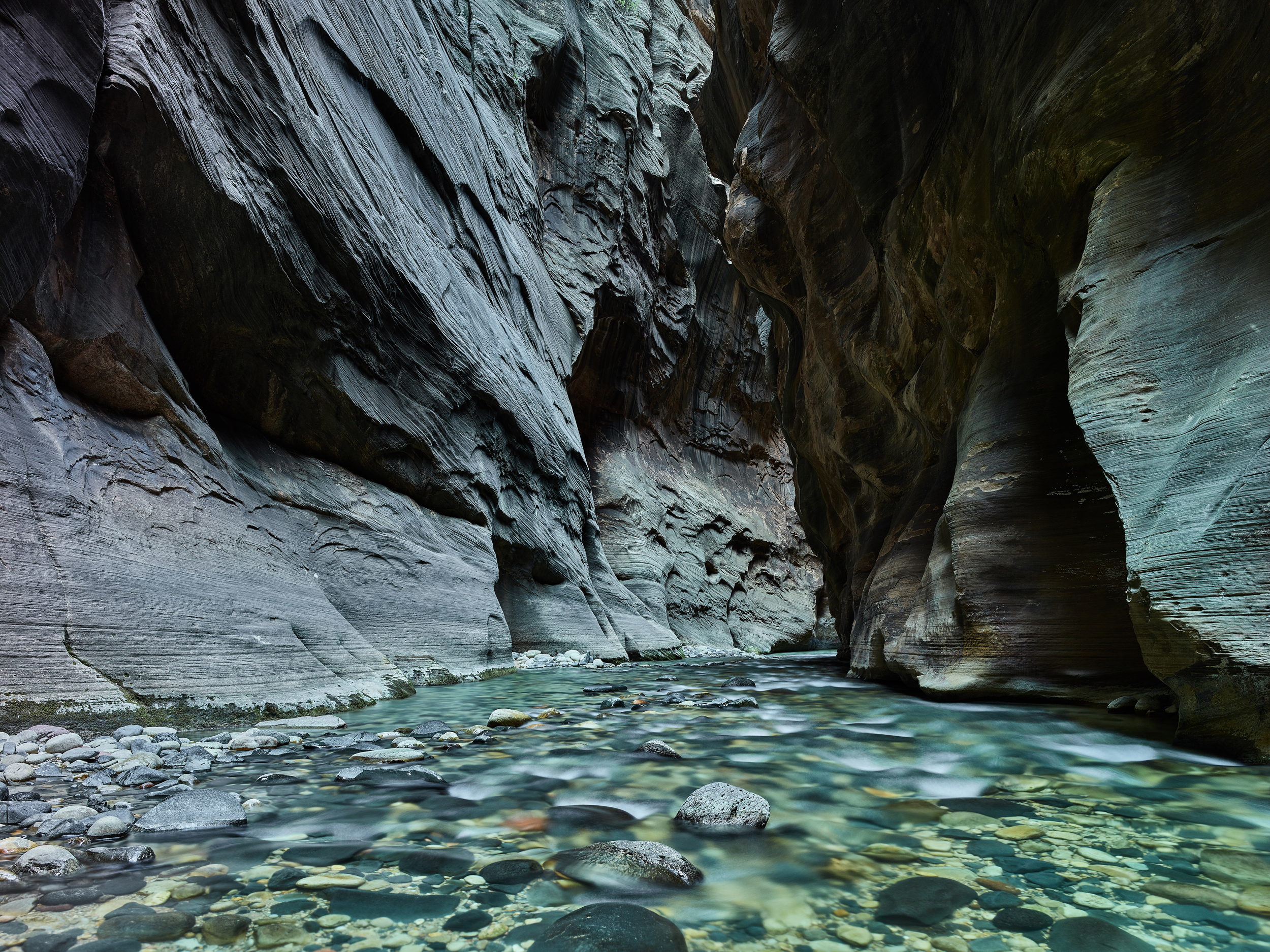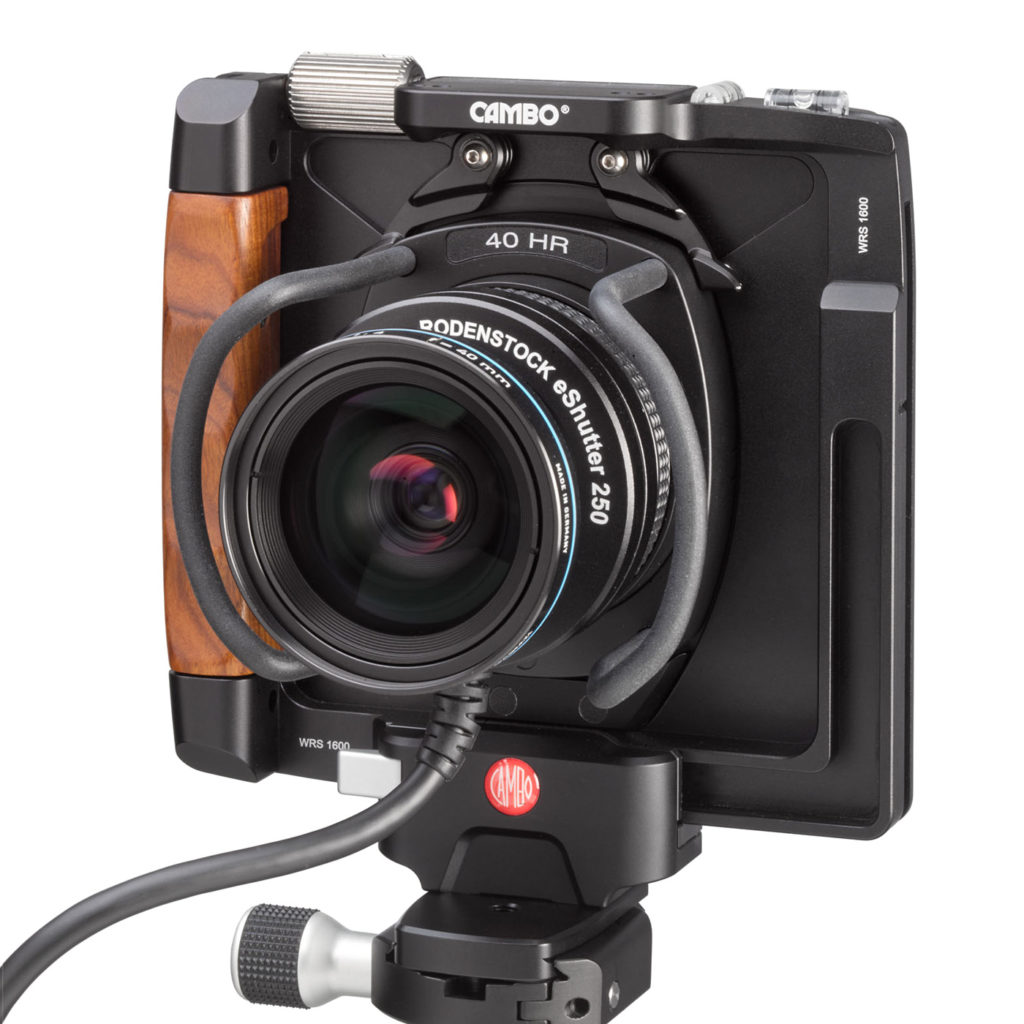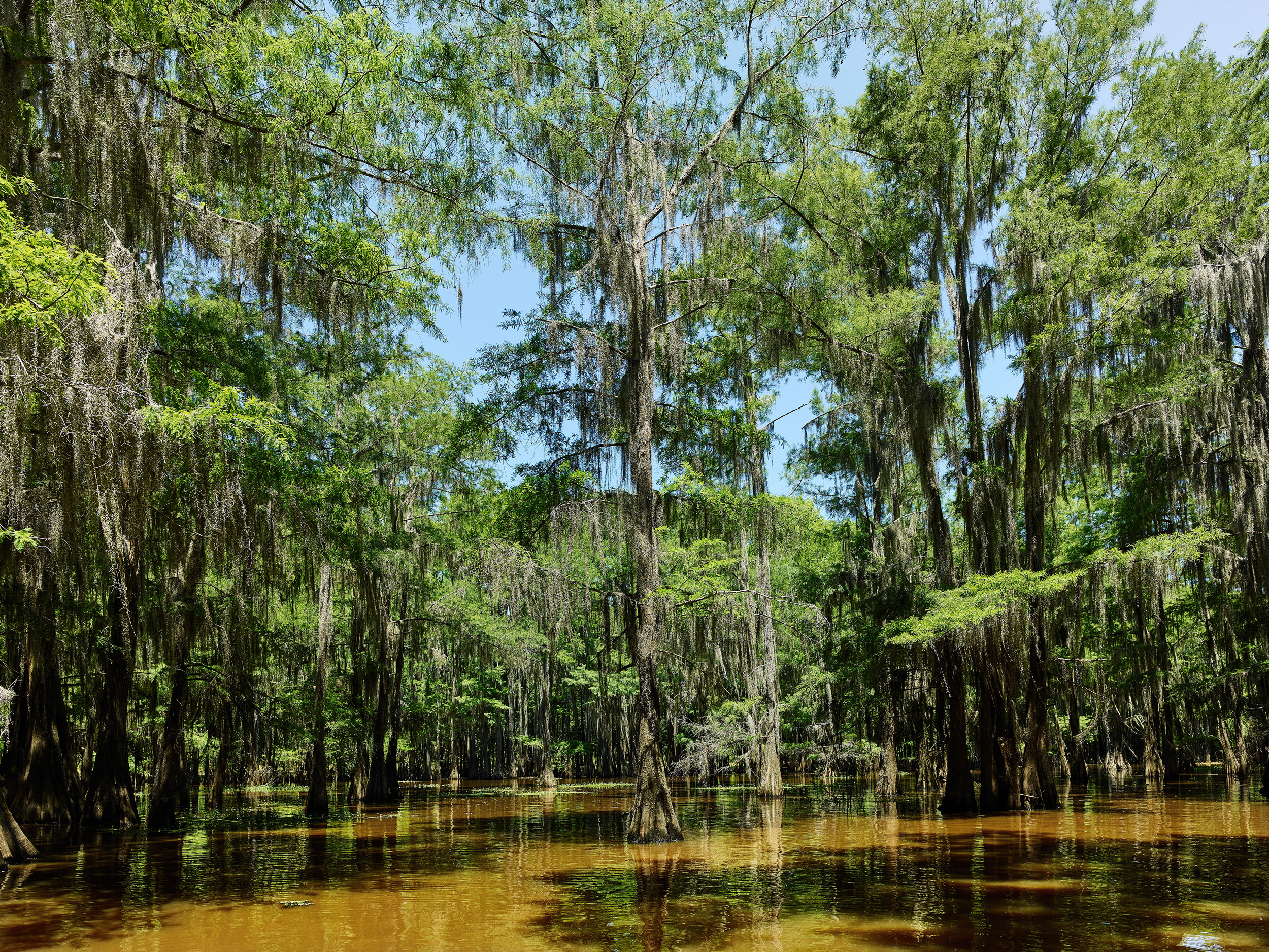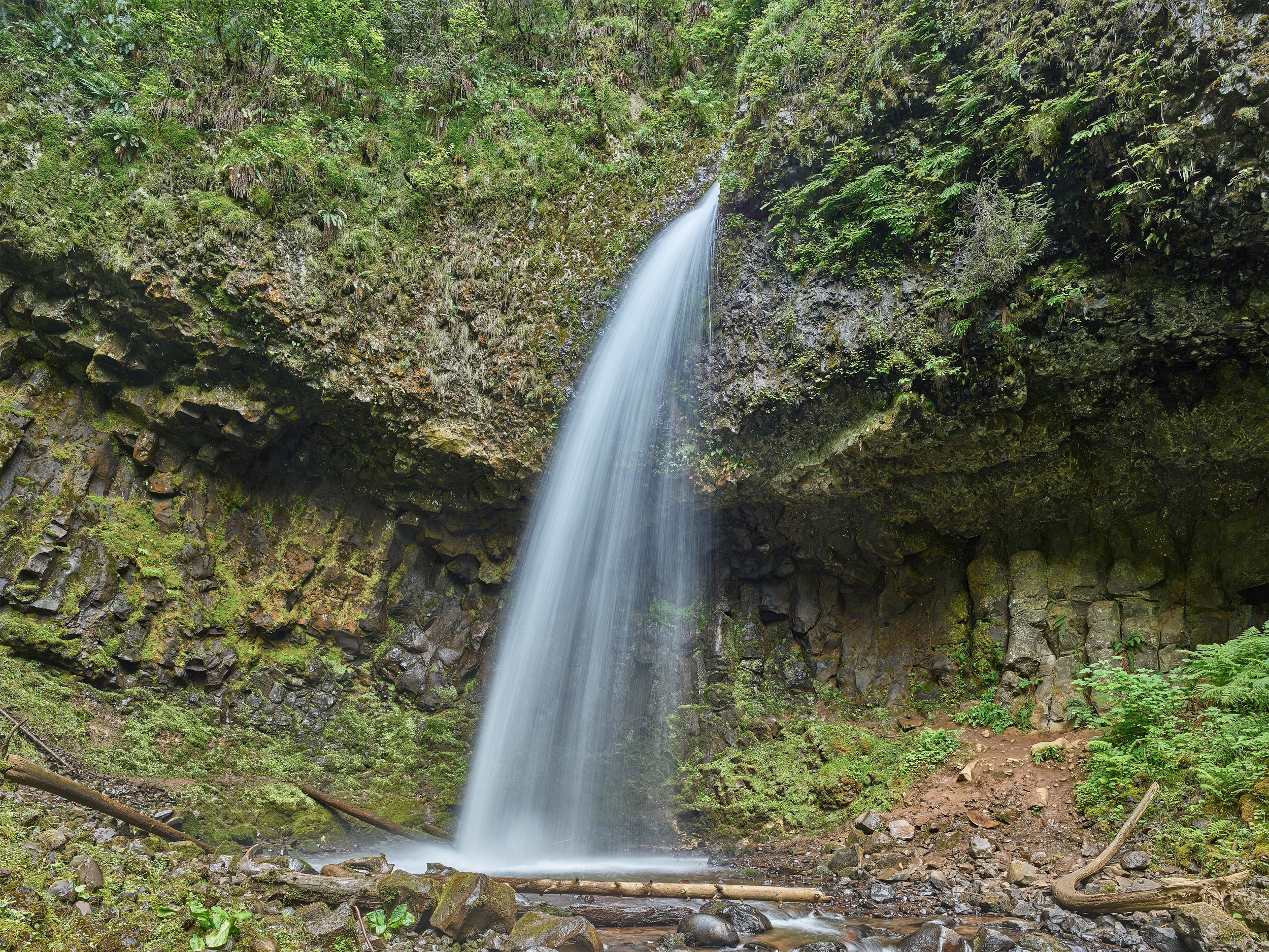Words and Photography by Jawad Malik
Inspiration…
The reason I like photography is because it rewards observation and attention. An observant eye notices the infinite beauty in nature that’s in plain sight but goes unnoticed. Nature can be most beautiful in its simplicity and randomness – finding an interesting cloud formation or an interesting branch pattern among a chaotic arrangement of trees or the random patterns on sand dunes are example of things that excite and inspire me.
About Me…
Photography has been my hobby for a long time – it is what I am most passionate about. Like most hobbyists I mainly use family vacations for the pursuit of photographic opportunities. For a few years I even combined my vocation (software development) with my hobby and was involved in development of Photoshop plugins such as Topaz ReStyle, Clarity, B&W Effects, fotoFXlab, Lens Effects, Adjust 5 etc.
As with most things in life when you practice something consistently for a long time eventually you become better. A decent photographer for many years, I made a commitment a couple of years ago, to improve to a level where at least some of my work could perhaps hang on a wall next to a professional artist’s work and hold its ground. I also wanted to make large prints (60 inches wide or more) of my images which would stand up to close scrutiny.
It is an ongoing effort and has required hard work and a change in mindset. I am learning that attention to every little detail, being very selective with what is photographed, being meticulous with execution and being prepared are some of the things that can elevate a very good photograph to what some might consider photographic art.
My Photographic Philosophy…
I feel a photograph is an output of a single shutter release – a single artifact (negative or raw file). Although compositing techniques such as stitching panoramas, focus stacking images for depth of field or exposure blending of images for wider dynamic range can produce beautiful results, however I feel the resulting product is an image not a photograph. Conversely, I am very open and accepting toward post processing and consider it to be analogous to a chef adding personal flavor and presentation to a meal. In the same way post processing can be the secret ingredient or technique to add personal signature to photographs. My personal aspiration is to become an accomplished photographer as opposed to a composite image creator.
I also consider cropping to be an indication that mistakes were made at time of exposure regarding either composition, framing, alignment or choice of lens etc. So, I feel very happy when a photograph does not need to be altered via cropping. It tells me that at least desired framing was achieved successfully.
Cambo WRS System…
To get the foundations of a photograph right at the time of capture, i.e. composition, framing, leveling, depth of field, focus etc. usage of correct tools can make a huge difference. Research lead me to the so called medium format technical cameras and I decided to give Cambo WRS at try. I can honestly say I wish I owned this camera system years ago. When combined with a tilt/swing panel lens, Cambo WRS offers ability to shift, rise/fall, tilt and swing simultaneously in a very compact form factor. This means I am able to achieve the exact framing & composition and use the lenses within their diffraction free aperture range by employing Scheimpflug principle and combine that with an appropriate amount of rise/fall to capture a solid photographic artifact ready for post processing.
Cambo WRS system allows me to take responsibility. There is no auto focus, auto exposure or auto anything. Camera does not make decisions for me, so if the results are bad they are because I as a photographer did not execute and I am to blame. If on the other hand the results are good then as a photographer I feel rewarded knowing I had something to do with the positive outcome and I was not merely present for the ceremonial button press (shutter release), while the camera electronics performed some wizardry.
Switching from a DSLR to a technical camera (like Cambo WRS) was not a straight forward or easy step for me. It’s a very slow and deliberate work flow and there is a learning curve which requires time, effort and persistence. For wide angle lenses, there can also be a need to capture a LCC shot, for color cast removal. These challenges may sound daunting, but I have found the results to be very rewarding. Each image is a deliberate process and a sequence of decisions – an event, and for me personally it adds to my photographic enjoyment.
With Schneider’s exit from technical camera market, Rodenstock is the only option for lenses. Luckily Rodenstock makes some of the finest lenses available. I own 23mm, 32mm, 50mm and 90mm lenses, all except 23mm, in Cambo WRS tilt/swing lens panels. Their image quality is superlative. My most used lens is 32mm as I like the (21mm equivalent) focal length but 90mm and 50mm lenses are also used frequently. In addition to these I also have a Zeiss/Hasselblad Superachromat 350mm lens that I use via an adapter. It fills my needs on the telephoto end, where native technical camera lens options are somewhat limited.
Conclusion…
In the couple of years since switching to a medium format technical camera, I personally feel that I’ve become a better photographer in many ways and have captured some of my most satisfying photographs in this time period. I don’t mean to imply that the camera system itself has made me better, just that having this system has changed my modus operandi, which has had helped me. As I am improving technically, I am finding there is much to learn and I’m just at the shore with my feet wet and a sea of information remains to be traversed. I hope to be able to continue my pursuit and capture photographs that evoke emotion, grab viewer’s attention and act as a portal to what I saw and felt.
Some of my modest work can be seen at www.unTroubledLand.com
(All images © copyright Jawad Malik and may not be used for any purpose without permission)


